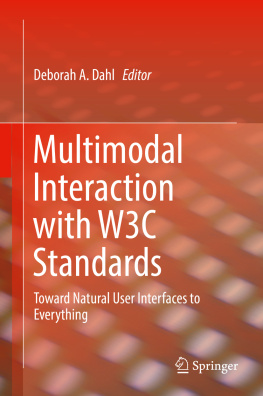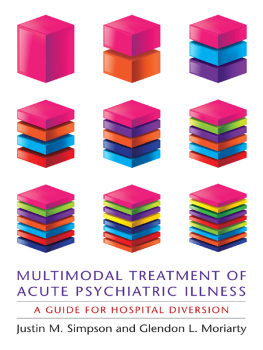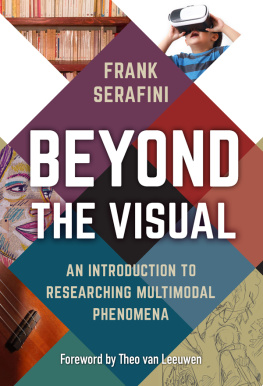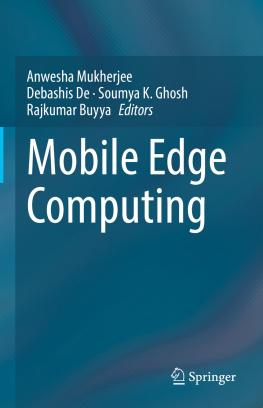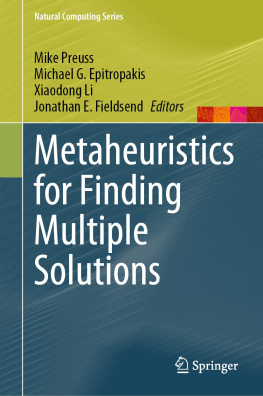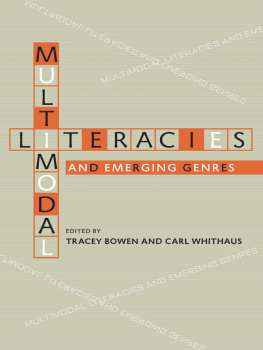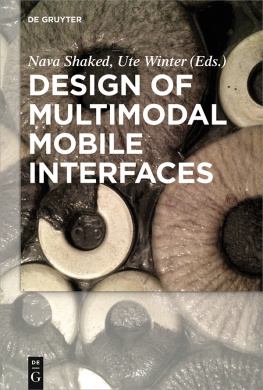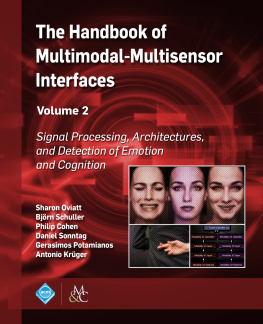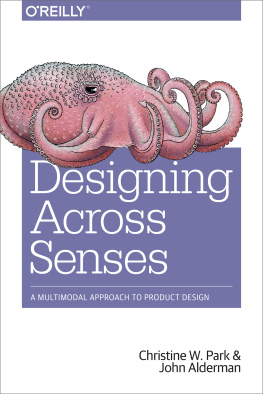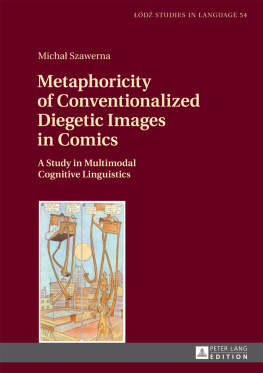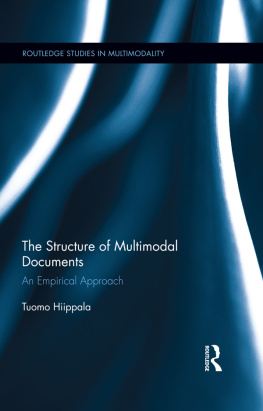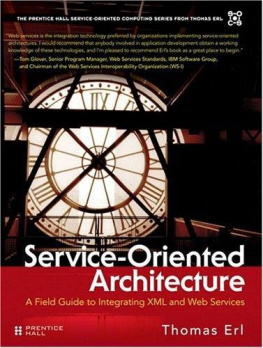1.1 Overview
Many standards emerge in areas where the technology is stable and industry participants think that they understand the field well enough to be able to codify existing best practices. However the consensus within the Multimodal Interaction Working Group of the W3C was that best practices for multimodal application development had not yet emerged. The group therefore took it as its task to support exploration, rather than trying to codify any particular approach to multimodal applications. The goal of the Multimodal Architecture and Interfaces standard [] is to encourage re-use and interoperability while being flexible enough to allow a wide variety of approaches to application development. The Working Groups hope is that this architecture will make it easier for application developers to assemble existing components to get a base multimodal system, thus freeing them up to concentrate on building their applications.
As part of the discussions that lead to the Multimodal Architecture, the group considered existing multimodal languages, in particular SALT []. SALT was specifically designed as a multimodal language, and consisted of speech tags that could be inserted into HTML or similar languages. HTML5 in turn has multimodal capabilities, such as video, which were absent from earlier versions of HTML. One problem with this approach is that it is both language- and modality-specific. For example, neither SALT nor HTML5 supports haptic sensors, nor do they provide an extension point that would allow them to be integrated in a straightforward manner. Furthermore, in both cases overall control and coordination of the modalities is provided by HTML, which was not designed as a control language. Multimodal application developers using HTML5 are thus locked into a specific graphical language with limited control capabilities and no easy way to add new modalities. As a result of these limitations, HTML5 is not a good framework for multimodal experimentation.
The Multimodal Working Groups conclusion is that it was too early to commit to any modality-specific language. For example, VoiceXML [] has been highly successful as language for speech applications, particularly over the phone. However there is no guarantee that it will turn out to be the best language for speech-enabled multimodal applications. Therefore the Working Group decided to define a framework which would support a variety of languages, both for individual modalities and for overall coordination and control. The framework should rely on simple, high-level interfaces that would make it easy to incorporate existing languages such as VoiceXML as well as new languages that havent been defined yet. The Working Groups goal was to make as few technology commitments as possible, while still allowing the development of sophisticated applications from a wide variety of re-usable components. Of necessity the result of the Groups work is a high-level framework rather than the description of a specific system, but the goal of the abstraction is to let application developers decide how the details should be filled in.
We will first look at the components of the high-level architecture and then at the events that pass between them.
1.2 The Architecture
The basic design principles of the architecture are as follows:
The architecture should make no assumptions about the internal structure of components.
The architecture should allow components to be distributed or co-located.
Overall control flow and modality coordination should be separated from user interaction.
The various modalities should be independent of each other. In particular, adding a new modality should not require changes to any existing ones.
The architecture should make no assumptions about how and when modalities will be combined.
The third and fourth principles motivate the most basic features of the design. In particular item 3 requires that there be a separate control module that is responsible for coordination among the modalities. The individual modalities will of course need their own internal control flow. For example, a VoiceXML-based speech recognition component has its own internal logic to coordinate prompt playing, speech recognition, barge-in, and the collection of results. However the speech recognition component should not be attempting to control what is happening in the graphics component. Similarly the graphics component should be responsible for visual input and output, without concern for what is happening in the voice modality. The fourth point re-enforces this separation of responsibilities. If the speech component is controlling speech input and output only, while the graphics component is concerned with the GUI only, then it should be possible to add a haptic component without modifying either of the existing components.
The core idea of the architecture is thus to factor the system into an Interaction Manager (IM) and multiple Modality Components (MCs).
The Interaction Manager is responsible for control flow and coordination among the Modality Components. It does not interact with the user directly or handle media streams, but controls the user interaction by controlling the various MCs. If the user is using speech to fill in a graphical form, the IM would be responsible for starting the speech Modality Component and then taking the speech results from the speech MC and passing them to the graphics component. The IM is thus responsible for tracking the overall progress of the application, knowing what information has been gathered, and deciding what to do next, but it leaves the details of the interactions in the various modalities up to the MCs. A wide variety of languages can be used to implement Interaction Managers, but SCXML [] is well suited to this task and was defined with this architecture in mind.
The Multimodal Architecture also defines an application-level Data Component which is logically separate from the Interaction Manager. The Data Component is intended to store application-level data, and the Interaction Manager is able to access it and update it. However the architecture does not define the interface between the Data Component and the IM, so in practice the IM will provide its own built-in Data Component.
Modality Components are responsible for interacting with the user. There are few requirements placed on Modality Components beyond this. In particular, the specification does not define what a modality is. A Modality Component may handle input or output or both. In general, it is possible to have coarse-grained Modality Components that combine multiple media that could be treated as separate modalities. For example, a VoiceXML-based Modality Component would offer both ASR and TTS capabilities, but it would also be possible to have one MC for ASR and another for TTS. Many Modality Components will have a scripting interface to allow developers to customize their behavior. VoiceXML is again a good example of this. However it is also possible to have hard-coded Modality Components whose behavior cannot be customized.

